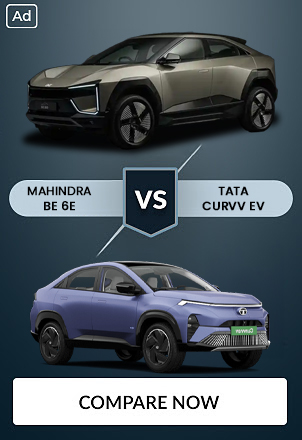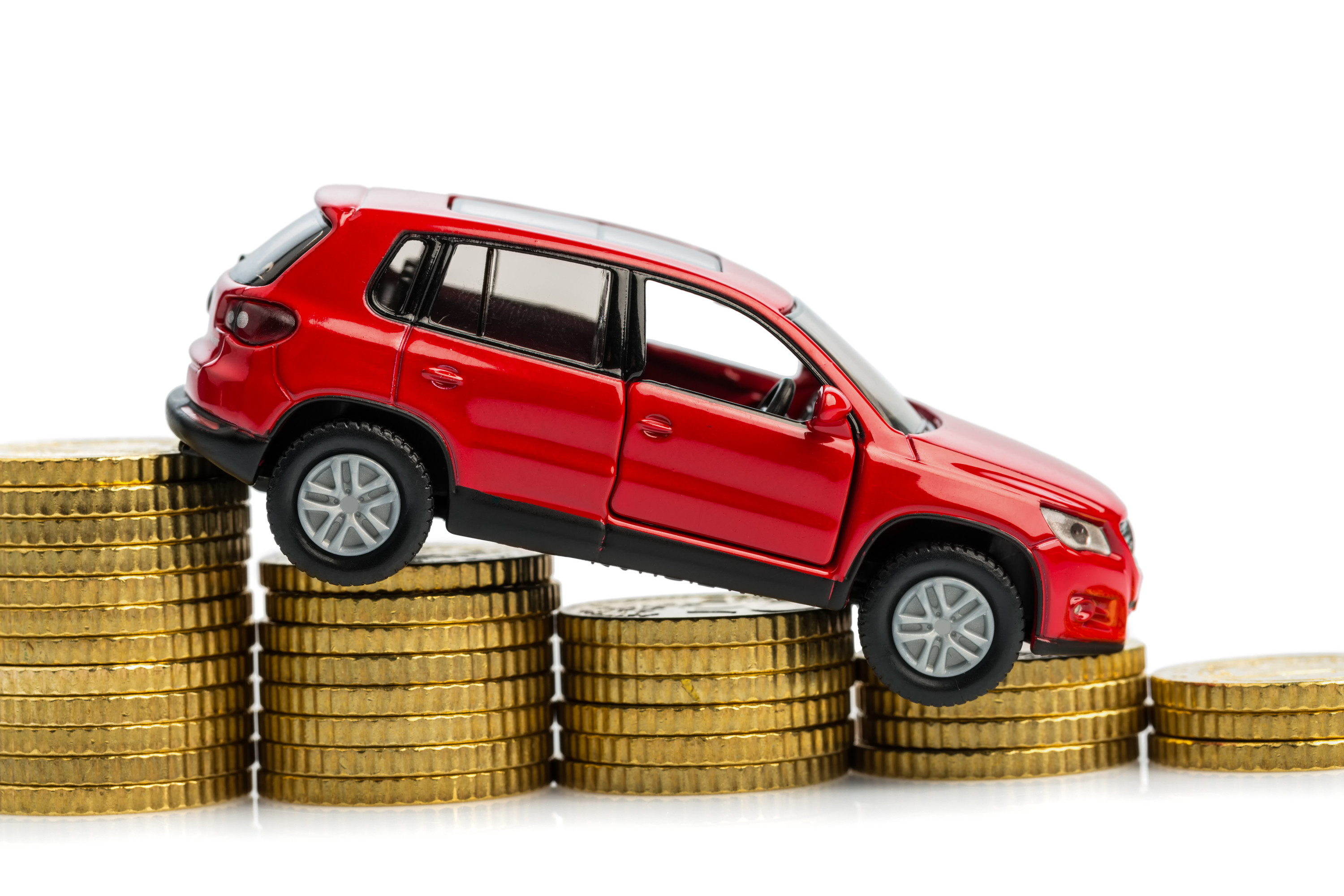Keep in mind that fixing squeaky brakes don’t essentially need a jou
ey to the license and you won’t have to spend an afte
oon under your car. Often small, some minor issues cause brakes to whine.
You Might Also Like: What an F1 Tyre Is Made Of?
WHY THE WHINE?
Before jumping into some of the causes and better solutions for your brake problems, it’s worth observing that brakes will often make a sound. Sporadic squeaks are pretty common, especially if you live in severe weather areas. If you think your vehicles breaks can slow the feel as standard, there is not anything major to worry about.
If your brake shriek is shaking, then a noise arises from the interaction between caliper, brake disc, and pad. The affected systems will make a noise when the weight of the caliper is implemented on the disc. You can also put on the brake pedal or just hold more/less speed into each reduce speed movement, but your footbrakes might still yowl because of the communication between your pad and the disc.
If you observe your brake pedal only make sound from time to time, it could be due to moisture-twisted-corrosion on the surface of a disc or pad. This can occur in the span of just one night, and there might be some shriek until all of the corrosion has been cleaned from the gears.
The material utilized to get performance brake pads is more resilient to heat and produces better resistance, which enhances the booming regularity into the perceptible variety. For this reason, several vacation competitors either opt for a pad composite that isn’t destructive and is sufficient to make a sound or swap pads for everyday traveling.
In these two examples, there’s no source for apprehension, but if you begin to hear a high-pitched metal sound before a regular, shrill shriek, you have to fix your brake pedal instantly. In this case, you have expected threadbare your pads down to the metallic and are decelerating your vehicle without any compound bumper.
WHAT TOOLS AND PRODUCTS YOU’LL NECESSITY
Rather than jumping into a stepwise instruction to fix brake pedal, here are some of the most imperative tools and goods that will help you fix your squeaky brakes:
Some type of hand protectors (we’d suggest braces of mechanics gloves with some integrated clutch)
- Jacks and jack stands (Harbor Freight has some stellar deals on these year-round)
- C-clamp
- Lug wrench
- Socket wrench (with multiple socket sizes to fit your vehicle)
- Teflon shim
- Brake grease or anti-seize
- Anaerobic glue
HOW TO SILENCE THAT NOISE
However, not all car brakes pedal device will shriek, but those that works frequently be fitted by a DIY-er just within a few hours. First of all, you have to choose whether you want to reduce the noise or alter the constituents to prevent the sound at the same time.
The easiest solution is to change your pads. As it depends on which element you prefer, new pads at all four angles can be quite costly up to ($100-$200), but it’s the perfect process to eliminate the settings that lead to shrieking. If you’re applying a Kevlar pad, you might need to use a metallic or ceramic component. There are tons of aftermarket pad dealers, all of which assure the perfect pad life, preventing power, and cost, thus you’ll have to do an in-depth study on the perfect for your specific make and model. We highly suggest purchasing genuine parts from your native supplier or a reliable contractor like Bosch.
If you don’t exactly would like to switch pads, the next alte
ative is to pull out a Teflon shim between the pad and caliper piston. This won’t function for each brake pedal device — some are constructed without any edge of space for a shim to fit without creating the pad pull out on the disc. You might overcome your wad to a point where it no longer drags with the shim, but that would be a surplus of cash.
Next, a more provisional, the solution would be to cover the brake pedal pad with brake oil or anti-clutch to cushion the quivering regularity.
The ultimate and maybe top variation (as per to Popular Process) is to change the pad backing salver to the caliper piston or housing. Doing so increases the piston’s mass and changes the vibration frequency to a point where it won’t shriek. To obtain the plate to adhere for extended than a few days, weeks, or months, you’ll require the correct adhesive. State-of-the-art Process recommends anaerobic glue that implements as a film or sludge. When you press the bowl firmly contrary to the piston/housing, the glue will adhere to vice and repel erosion from grime and water.
CONCLUSION
If you’ve have attempted the whole things and the shriek just won’t leave, just ensure your vehicle doesn’t have an exposed remember for weak decelerating gears. If there’s a possibility the company will pay for a fix, that’s at all times the better solution.
You Might Also Like: What an F1 Tyre Is Made Of?










